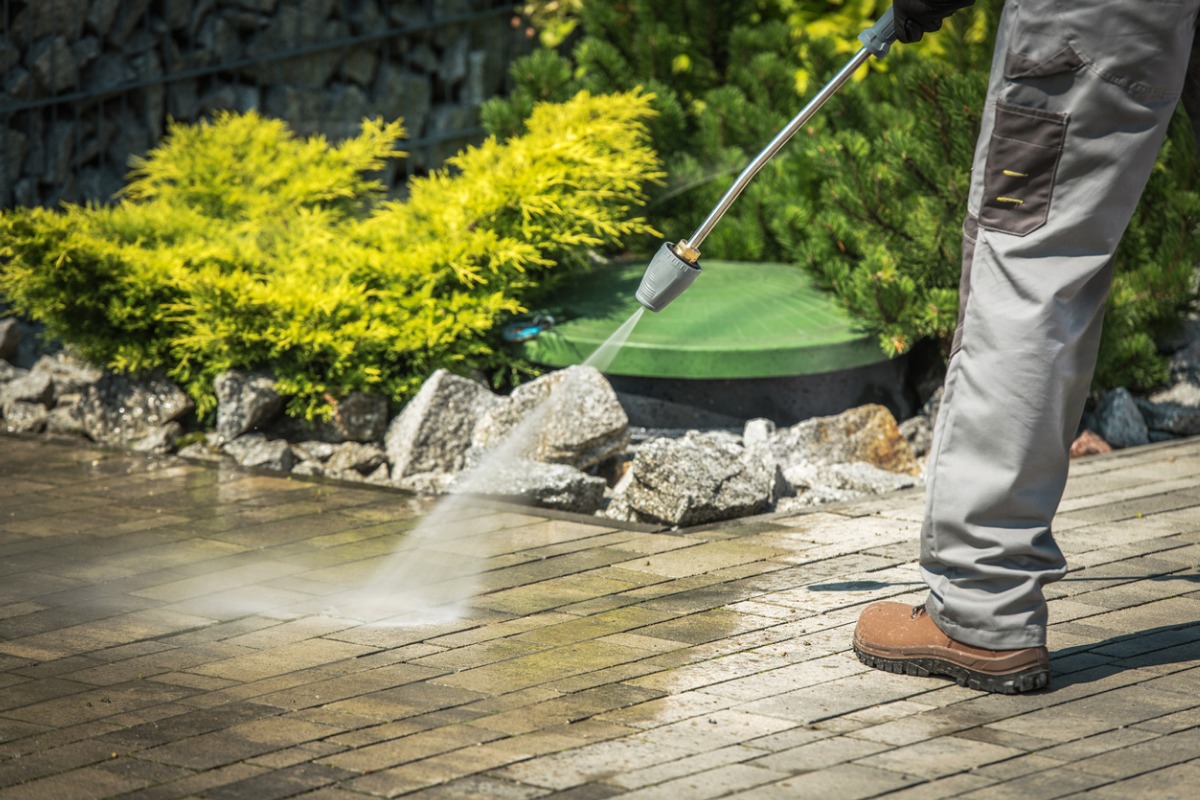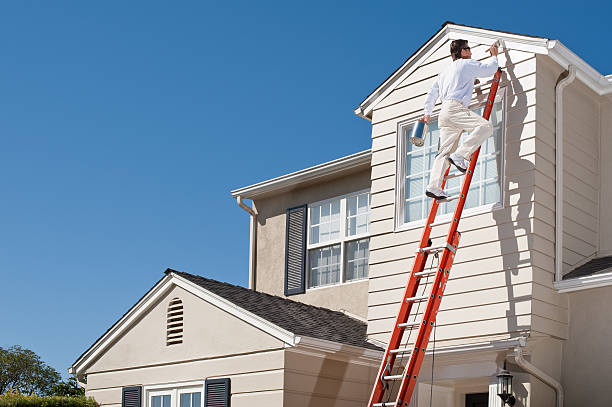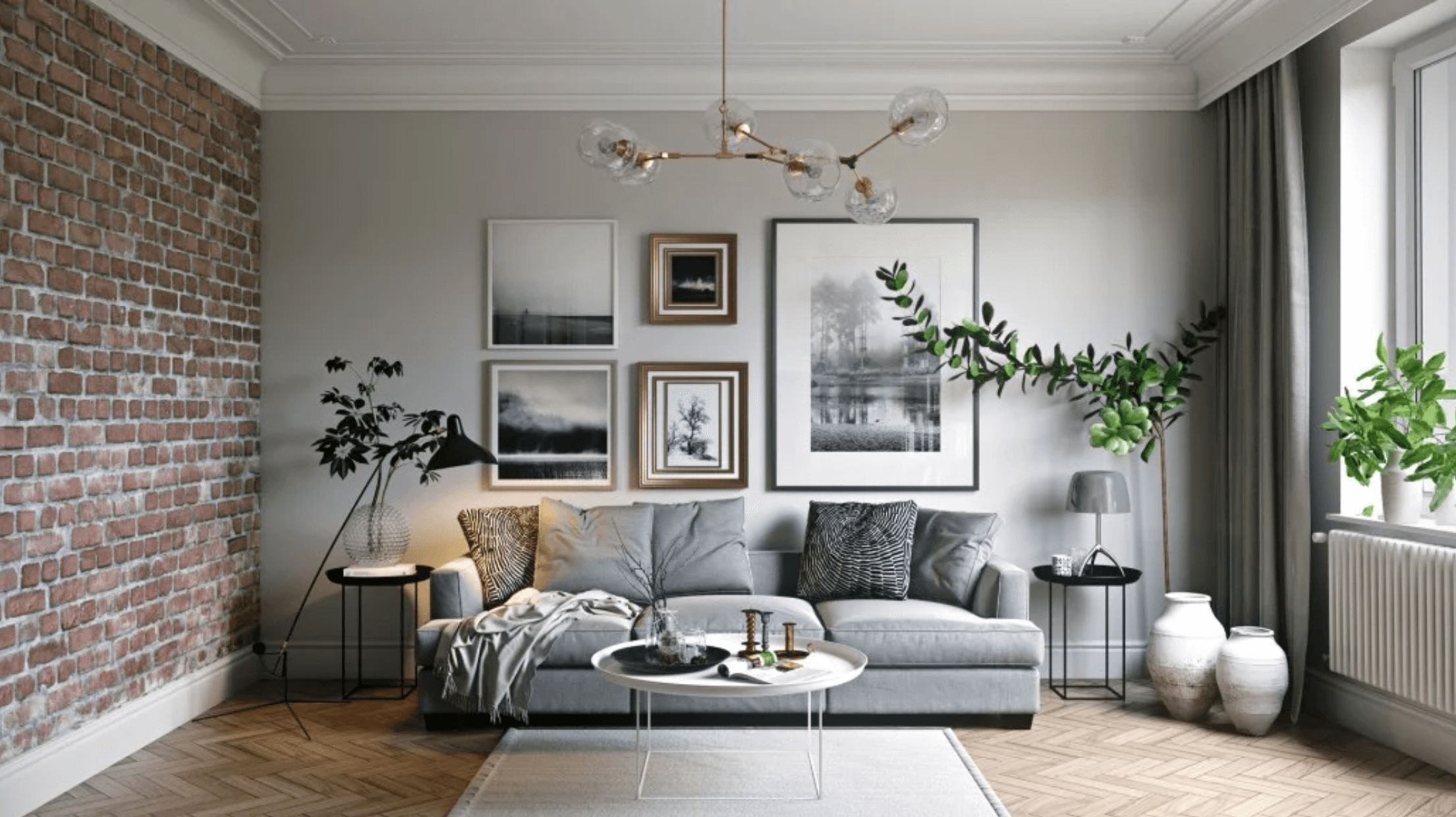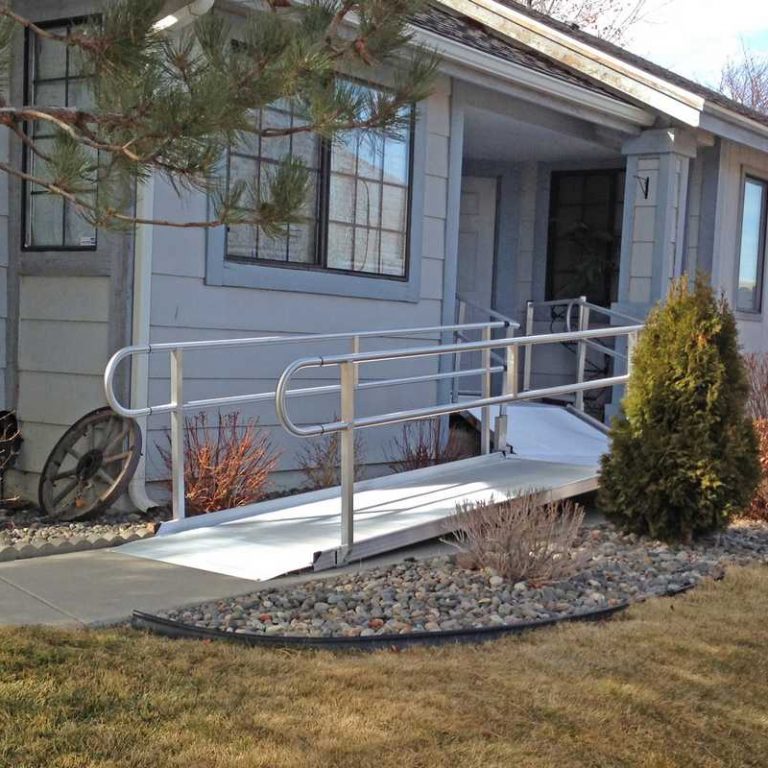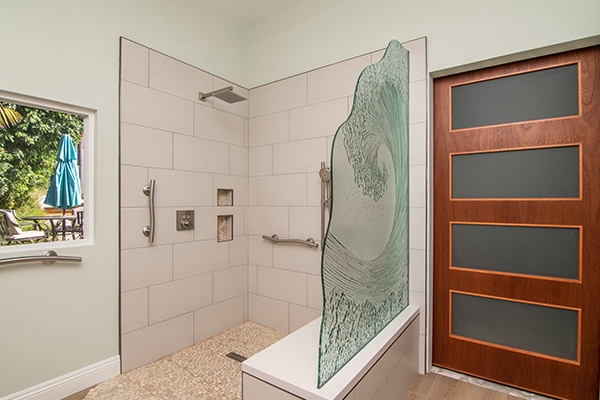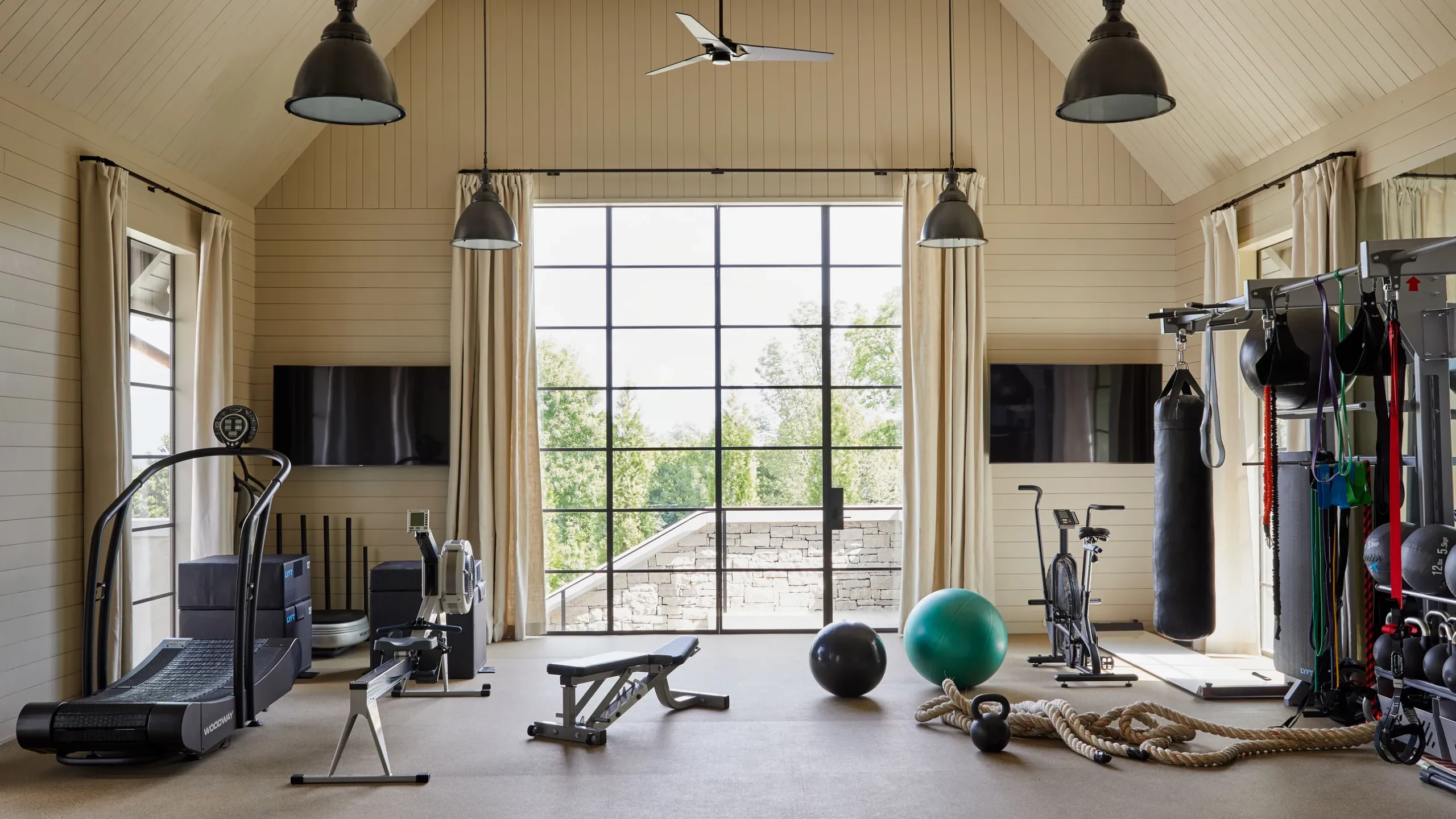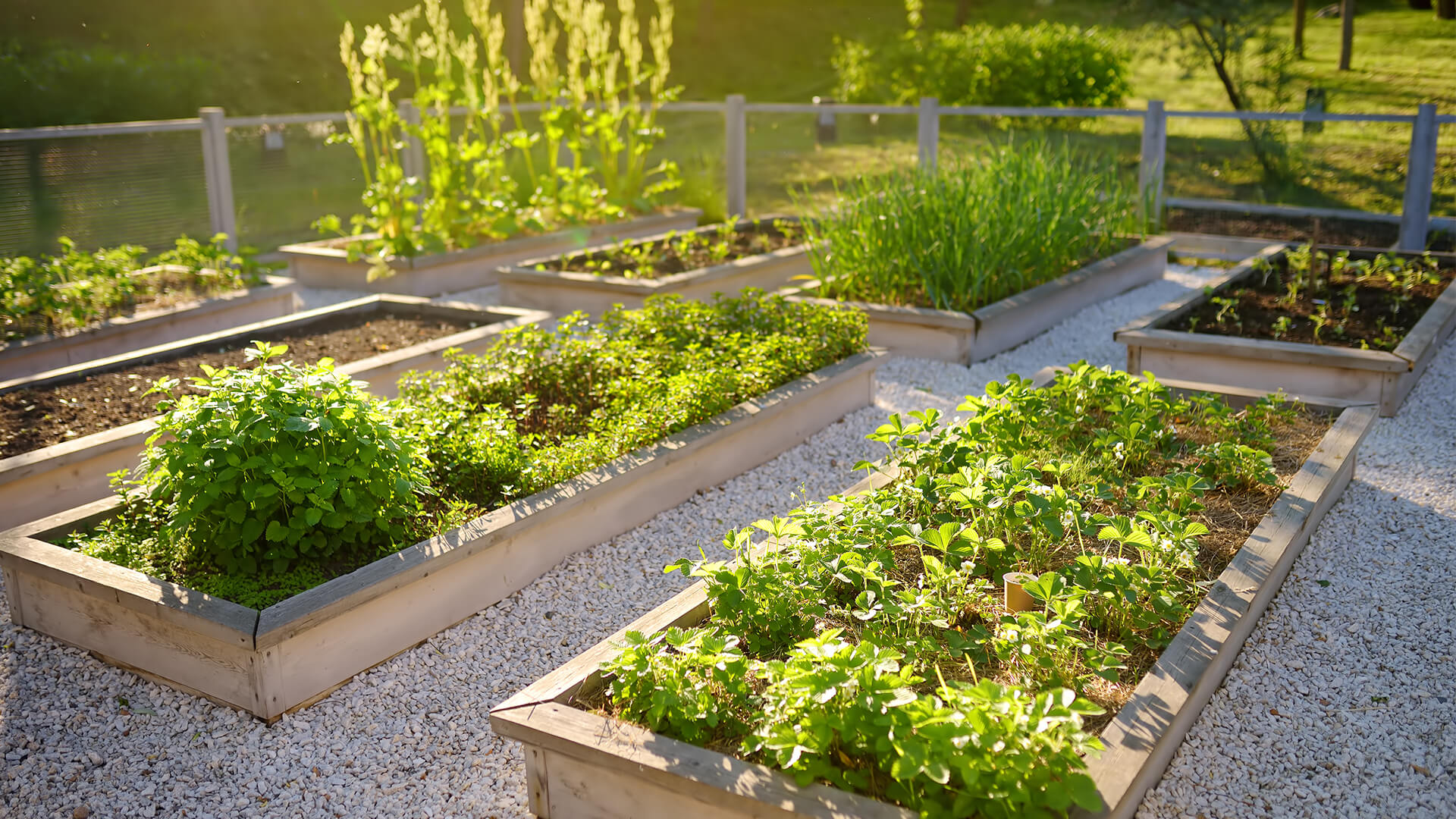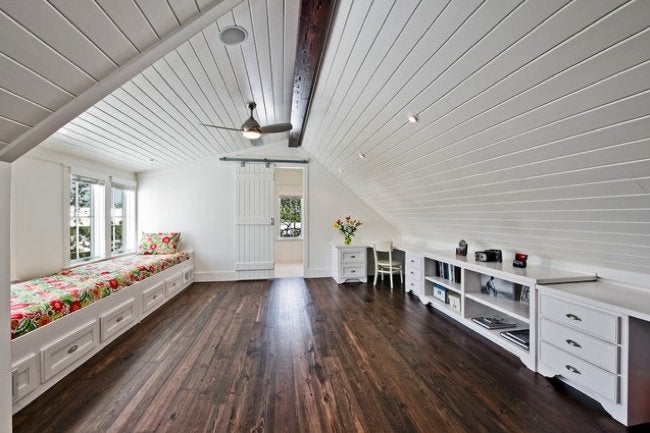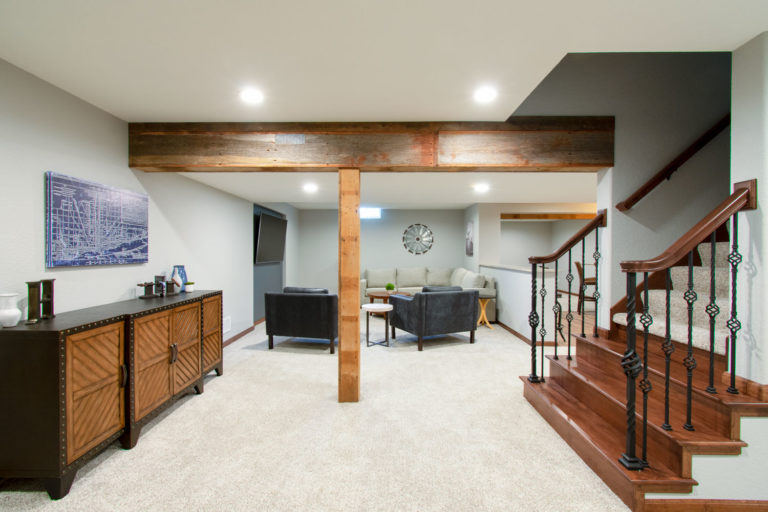A clean and organized home is crucial for a happy and healthy lifestyle, but it can be challenging to maintain, especially for busy individuals with hectic schedules. Professional home cleaning services can help. In this article, we’ll explore the benefits of hiring these services and how they can assist you in keeping your home clean and organized.
Benefits of Home Cleaning Services
Saves Time and Energy
If you have a big house or a hectic schedule, cleaning it can take a long time and wear you out. Having a professional cleaning agency take care of your home cleaning chores is a great way to free up your time and energy. You may now spend time with loved ones or engage in a favorite hobby instead of cleaning.
Professional Cleaning Services
Professional home cleaning services have the expertise and equipment needed to provide thorough cleaning. They use high-quality cleaning products and equipment to ensure that your home is spotless and free from dirt and germs. They have the experience needed to clean all types of surfaces, from carpets and upholstery to windows and walls.
Customized Cleaning Plans
Home cleaning services offer customized cleaning plans to meet the specific needs of their clients. They can provide a one-time or regular cleaning service on a weekly, bi-weekly, or monthly basis. You can choose the cleaning services that meet your needs and budget.
Healthier Living Environment
A clean, well-organized home is crucial for good health. Professional cleaning services use safe and effective products and equipment to remove dirt, dust, and allergens from your home. They can help you maintain a clean and healthy living environment, reducing the risk of allergies, asthma, and other health problems.
Types of Home Cleaning Services
Regular Cleaning Services
Regular cleaning services are the most common type of home cleaning service. They involve cleaning all areas of your home, including bedrooms, bathrooms, kitchens, and living areas. Regular cleaning services are typically scheduled weekly, bi-weekly, or monthly.
Deep Cleaning Services
Deep cleaning services are more intensive than regular cleaning services. They include scrubbing away built-up dirt and grime and cleaning inaccessible locations. Deep cleaning services are usually performed once or twice a year or when moving in or out of a home.
Move-In/Move-Out Cleaning Services
Move-in/move-out cleaning services are designed for individuals who are moving into or out of a home. These services involve cleaning all home areas, including cabinets, drawers, closets, and appliances. Move-in/move-out cleaning services ensure that the home is clean and ready for the next occupant.
Special Cleaning Services
Special cleaning services are designed for specific cleaning needs. These services may include carpet, upholstery, window, and oven cleaning. Special cleaning services can be scheduled on an as-needed basis.
How to Choose a Cleaning Service for Your Home
Reputation
Before hiring a home cleaning service, it’s important to check its reputation. You can do this in a number of ways, including consulting BBB ratings, asking for recommendations from people you trust, and reading online reviews. A reputable home cleaning service will have positive reviews and a good reputation in the community.
Experience and Expertise
Experience and expertise are essential when it comes to home cleaning services. You should choose a home cleaning service that has been in business for several years and has the expertise needed to clean all types of surfaces. A professional home cleaning service should also be insured and bonded.
Customized Cleaning Plans
A reliable maid service should design individualized cleaning schedules for each of its customers. They should be able to provide a one-time or regular cleaning service on a schedule that works for you. They should also be able to provide a detailed list of the cleaning services included in each plan.
Customer Service
Customer service is important when it comes to home cleaning services. A good home cleaning service should be responsive to your needs and concerns. They should be easy to contact and should respond promptly to your calls or emails. They should also be willing to address any issues or concerns that you may have.
Price
When deciding on a maid service, it is crucial to take cost into account. You should choose a home cleaning service that offers competitive pricing and transparent pricing policies. They should be upfront about their fees and should not have any hidden charges.
Tips for Hiring Home Cleaning Services
Ask for Referrals
Finding a reliable housekeeper might be difficult, but asking for recommendations from people you know can help. They may be able to recommend a home cleaning service that they have used and trust.
Check Online Reviews
Online reviews can be a valuable source of information regarding home cleaning services. You can check websites like Yelp, Google, or Facebook for reviews from previous customers.
Get Quotes from Multiple Services
Getting quotes from multiple home cleaning services before deciding is a good idea. This will help you compare pricing, services, and policies.
Ask for References
A reputable home cleaning service should be willing to provide references from previous customers. You can contact these references to ask about their experience with the home cleaning service.
Communicate Your Needs and Expectations
It’s important to communicate your needs and expectations to the home cleaning service before hiring them. This will help ensure they provide the services you need and meet your expectations.
Conclusion
In conclusion, home cleaning services offer many benefits to individuals who want to keep their homes clean and organized. They save time and energy, provide professional cleaning services, offer customized cleaning plans, and help create a healthier living environment. When choosing a home cleaning service, it’s important to consider factors such as reputation, experience, expertise, customer service, and pricing. Your home can be clean and well-organized by following these suggestions and finding a cleaning service that works for you.
FAQS
What is a home cleaning service?
A home cleaning service is a professional service that provides cleaning services for homes, apartments, or other residential properties.
What services do home cleaning services offer?
Cleaning services for the home provide more than just the basics; they also offer more specialized services like carpet and window cleaning and move-in/move-out cleaning.
How often should I hire a home cleaning service?
The frequency of hiring a home cleaning service depends on your needs and lifestyle. Some people hire a cleaning service every week, while others may only need a cleaning service once a month or for special occasions.
Is it safe to hire a home cleaning service?
Yes, it is safe to hire a home cleaning service. Reputable home cleaning services conduct background checks on their employees and take other measures to ensure the safety and security of their customers.
How much does a home cleaning service cost?
A home cleaning service’s price will vary based on details like the square footage of your home, the types of cleaning you need, and how often you need them done. Many home cleaning services offer customized cleaning plans and provide pricing information upfront.
Do I need to provide cleaning supplies for a home cleaning service?
It depends on the home cleaning service. Some home cleaning services bring their own cleaning supplies, while others may require you to provide certain cleaning supplies. You should check with the home cleaning service beforehand to determine their policy.
Do home cleaning services offer green cleaning options?
Yes, many home cleaning services offer green cleaning options. These services use environmentally friendly cleaning products and practices to reduce the environmental impact of cleaning. You should check with the home cleaning service to see if they offer green cleaning options.
What if I’m unhappy with the house cleaning service?
Reputable home cleaning services strive to provide excellent customer service and should address any concerns or issues that you may have. If you are unsatisfied with the home cleaning service, you should contact them to discuss your concerns and work towards a resolution.
Are home cleaning services insured?
In the event of an accident or damage occurring while cleaning your home, a reputable business will have you covered with insurance and a bond.
How do I book a home cleaning service?
You can book a home cleaning service by contacting the service provider directly by phone, email, or through their website. Many home cleaning services also offer online booking options for added convenience.

